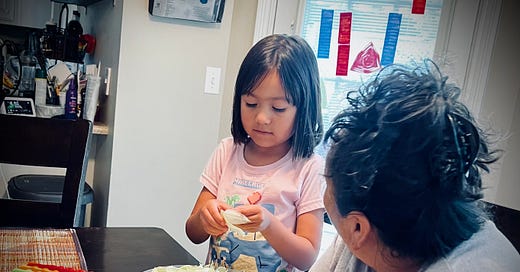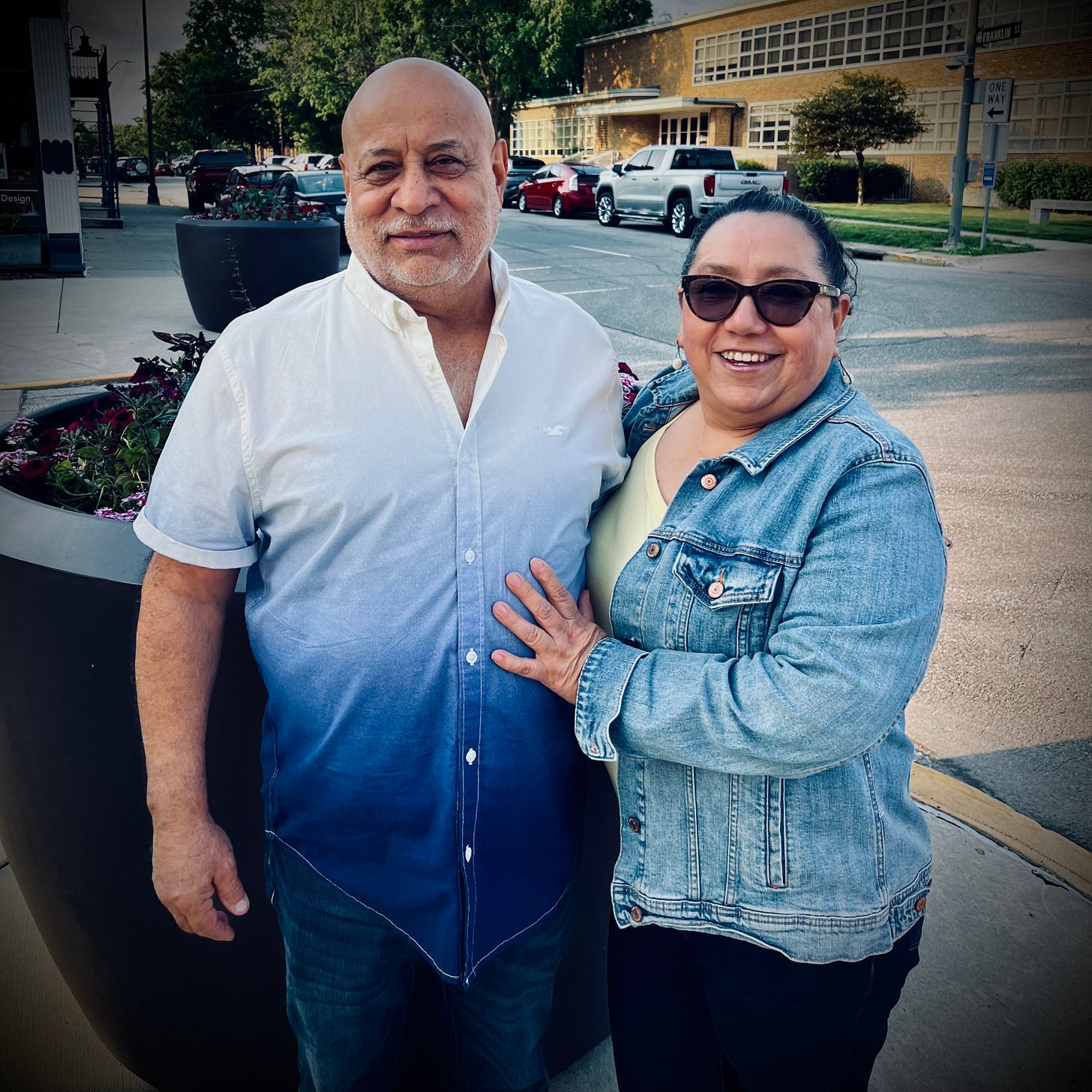Living With My In-Laws Taught Me More About Change Than Any Project Ever Did
A personal story about change, family, and the power of doing it without a single PowerPoint slide.
As a project management professional, I tend to see the world in terms of initiatives: projects, processes, and transformations.
So when a major transformation happened inside our own home, I couldn’t help but notice the parallels. A few months ago, my in-laws packed up their lives in Rhode Island and moved in with us.
Not nearby. Not into a guest house. Into our home.
We’ve lived with family before—my parents, extended relatives, long-term guests—but this time was different. Never before had such a big shift in our household dynamic felt so smooth.
Looking back, I’ve been asking myself: What made it work? And what can I learn from it that applies to leading change at work?
Here are five lessons I’ll carry forward—from home life to the workplace:
1. A Clear, Shared North Star
Early on, Debora and I were intentional about naming why this mattered. We said it aloud and often: “In the end, we want them here. That’s what matters most.”
Having that shared clarity helped us stay grounded when little tensions or surprises popped up. We weren’t always sure what we’d need to adjust—but we were committed to making it work.
In change leadership, this is the power of a strong North Star. The most successful initiatives I’ve seen are the ones where the “why” is clear—and not just at the top. Leaders model it, teams internalize it, and it becomes a point of reference for hard decisions along the way.
2. External Change Requires Internal Grounding
One of the biggest differences this time around? How grounded we already were.
We’ve been doing our own mental health work for a while now—individually, as a couple, and as a family. And that made a huge difference. When challenges emerged, we had the tools and support to navigate them without spiraling.
Even beyond emotional wellbeing, we were physically healthier and more energetic than in past transitions. That matters when you’re adjusting to the needs of kids and aging parents.
I’ve seen this at work too. Teams navigating major change tend to thrive when their leaders are grounded, resourced, and well-supported. Internal stability creates space for external flexibility.
3. Define the Relationship (and Redefine It Again)
This move meant new dynamics—and we didn’t assume they’d figure themselves out.
We’ve had open conversations with los abuelitos about expectations, boundaries, and feelings. Interestingly, both “sides” thought we were doing this to support the other. That mutual desire to care for each other laid the foundation for a more collaborative relationship.
I love Peter Block’s consulting question: “What might we create together?” That’s the spirit we’ve tried to bring to this living arrangement—not just tolerating each other, but co-creating a new way of being family.
In organizational change, this applies too. Mergers, team reorgs, leadership changes—they all work better when you don’t just assign roles, but also revisit relationships and ask: What are we building together now?
4. Start with a Pilot
When los abuelitos made the move, they didn’t bring everything. They packed a small SUV, not a U-Haul. Much of their household remained in Rhode Island while we tested things out.
That mindset—let’s try this and see—helped all of us adjust without the pressure of permanence.
We’ve since been able to make better long-term decisions because we had time to observe what works. That’s the beauty of a true pilot: it’s designed for learning, not just launching.
Too many change efforts skip this step. But when a pilot is done right—with feedback loops, room to pivot, and permission to say “not yet”—it becomes one of the most powerful tools in the change leader’s toolkit.
5. Name Your Privilege
This transition was made easier by many forms of privilege:
My in-laws were able to keep their home in Rhode Island. They didn’t have to move—they chose to.
Our home has space to offer them a full room without major disruption.
We have enough financial flexibility to absorb new needs without major strain.
We have access to healthcare, therapy, and a support system to help us cope with change.
That’s not the case for everyone—and it’s worth acknowledging. Both in families and in organizations, not all teams start with the same level of resources.
If you’re leading a transformation, part of your job is to see the disparities and name the realities. Doing so isn’t about guilt—it’s about clarity, compassion, and better decision-making.
Final Thought
The move wasn’t seamless. It took time, care, and honest conversations. But it was successful—and surprisingly life-giving.
And we did it all without a single PowerPoint slide.
No kickoff meeting, no RACI chart, no cascading comms plan. Just a shared purpose, steady conversations, and a willingness to grow together.
Sometimes, the biggest insights don’t come from strategy decks or leadership seminars. Sometimes, they come from watching your children speak Spanish, or from reorganizing a pantry to make room for someone new.
Change is hard. But it can also be full of grace.
If we choose it together.




